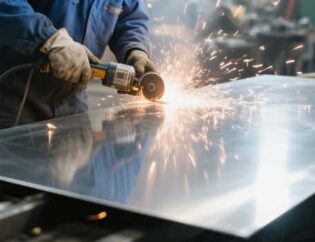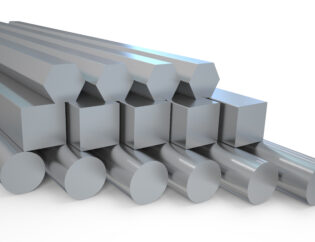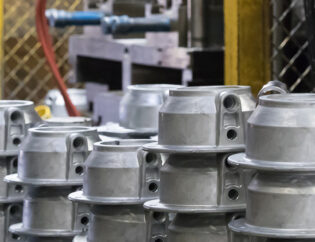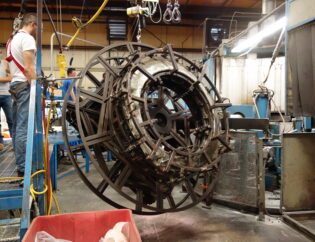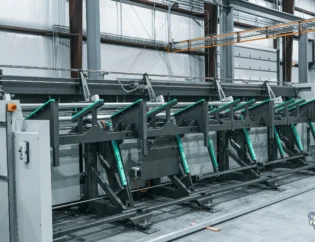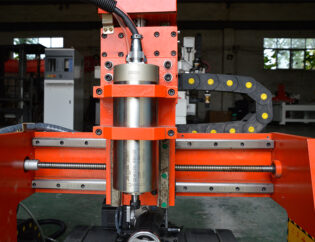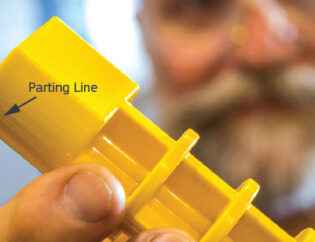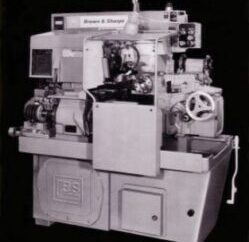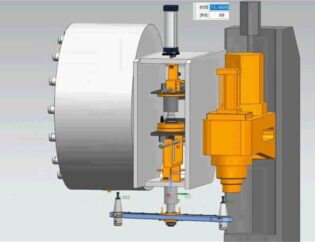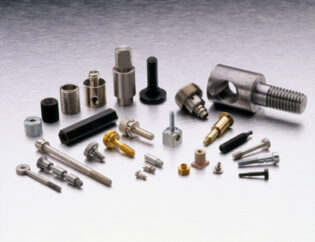In the world of precision machining, CNC rotary tables play a crucial role in enhancing productivity and accuracy. These versatile tools allow for complex part geometries and multi-axis operations, making them indispensable in modern manufacturing. Understanding their functionality and applications can significantly improve machining processes and outcomes.
This guide will delve into the intricacies of CNC rotary tables, covering their design, operation, and integration into CNC systems. Readers will gain insights into selecting the right rotary table for specific projects and learn best practices for setup and maintenance.
By the end of this guide, you will be equipped with the knowledge to optimize your machining capabilities. Whether you are a seasoned machinist or a newcomer, this comprehensive resource will enhance your understanding and application of CNC rotary tables in your work.
Rotary Tables: A Comprehensive Guide
Rotary tables are essential tools in CNC machining, providing precision and versatility for various applications. They allow for the rotation of workpieces, enabling complex machining operations that would be difficult or impossible to achieve with standard setups. This guide will delve into the technical features, types, and applications of rotary tables, helping you understand their significance in modern manufacturing.
Technical Features of Rotary Tables
Rotary tables come with a range of technical features that enhance their functionality and performance. Below is a comparison table highlighting some of the key technical specifications:
| Feature | Description |
|---|---|
| Table Size | Varies from small (6 inches) to large (30 inches) depending on the model. |
| Load Capacity | Can handle loads from a few hundred pounds to several tons. |
| Rotation Accuracy | Typically within ±0.0001 inches, ensuring high precision. |
| Drive Type | Can be manual, electric, or hydraulic, affecting speed and control. |
| Control System | Options include manual controls, CNC integration, or programmable logic. |
| Material | Commonly made from cast iron or aluminum for durability and weight. |
| Axis Configuration | Available in 4th and 5th axis configurations for multi-axis machining. |
These features make rotary tables versatile for various machining tasks, from simple drilling to complex milling operations.
Types of Rotary Tables
Rotary tables can be categorized based on their design and functionality. The following table outlines the different types of rotary tables and their characteristics:
| Type | Description |
|---|---|
| Standard Rotary Tables | Basic models used for general machining tasks, often manual. |
| Indexing Tables | Allow for precise positioning at set increments, ideal for repetitive tasks. |
| CNC Rotary Tables | Integrated with CNC machines for automated operations and high precision. |
| Vertical Rotary Tables | Designed for vertical machining centers, suitable for heavy workpieces. |
| Horizontal Rotary Tables | Used for horizontal machining, providing stability for larger parts. |
| 5-Axis Rotary Tables | Enable complex machining by allowing movement along multiple axes. |
Each type serves specific applications, making it crucial to choose the right one based on your machining needs.
Applications of Rotary Tables
Rotary tables are widely used across various industries, including aerospace, automotive, and manufacturing. They are particularly beneficial for:
– Complex Machining: Rotary tables enable multi-sided machining, reducing the need for multiple setups.
– Precision Work: High accuracy in rotation allows for intricate designs and tight tolerances.
– Increased Productivity: Automation and CNC integration streamline operations, enhancing efficiency.
Companies like Haas Automation and Koma Precision offer a range of rotary tables tailored for different applications, ensuring that manufacturers can find the right solution for their needs.
Conclusion
In summary, rotary tables are indispensable tools in the CNC machining landscape. Their ability to enhance precision, increase productivity, and facilitate complex machining operations makes them a valuable asset for any manufacturing setup. Whether you are looking for a standard rotary table or a sophisticated CNC-integrated model, options are available from leading manufacturers like Lyndex-Nikken and ATSSystems.
FAQs
1. What is a rotary table used for?
Rotary tables are used to rotate workpieces during machining, allowing for multi-sided operations and increased precision.
2. How do I choose the right rotary table?
Consider factors such as table size, load capacity, and the type of machining operations you plan to perform.
3. Can rotary tables be integrated with CNC machines?
Yes, many rotary tables are designed for CNC integration, allowing for automated and precise machining.
4. What are the benefits of using a 5-axis rotary table?
5-axis rotary tables enable complex machining operations by allowing movement along multiple axes, reducing setup time and increasing accuracy.
5. Where can I find rotary tables for purchase?
You can find rotary tables from various manufacturers, including Haas Automation, Koma Precision, and Lyndex-Nikken.

